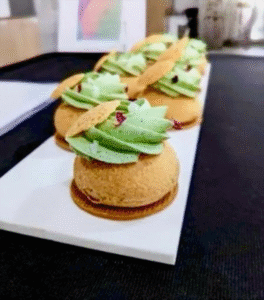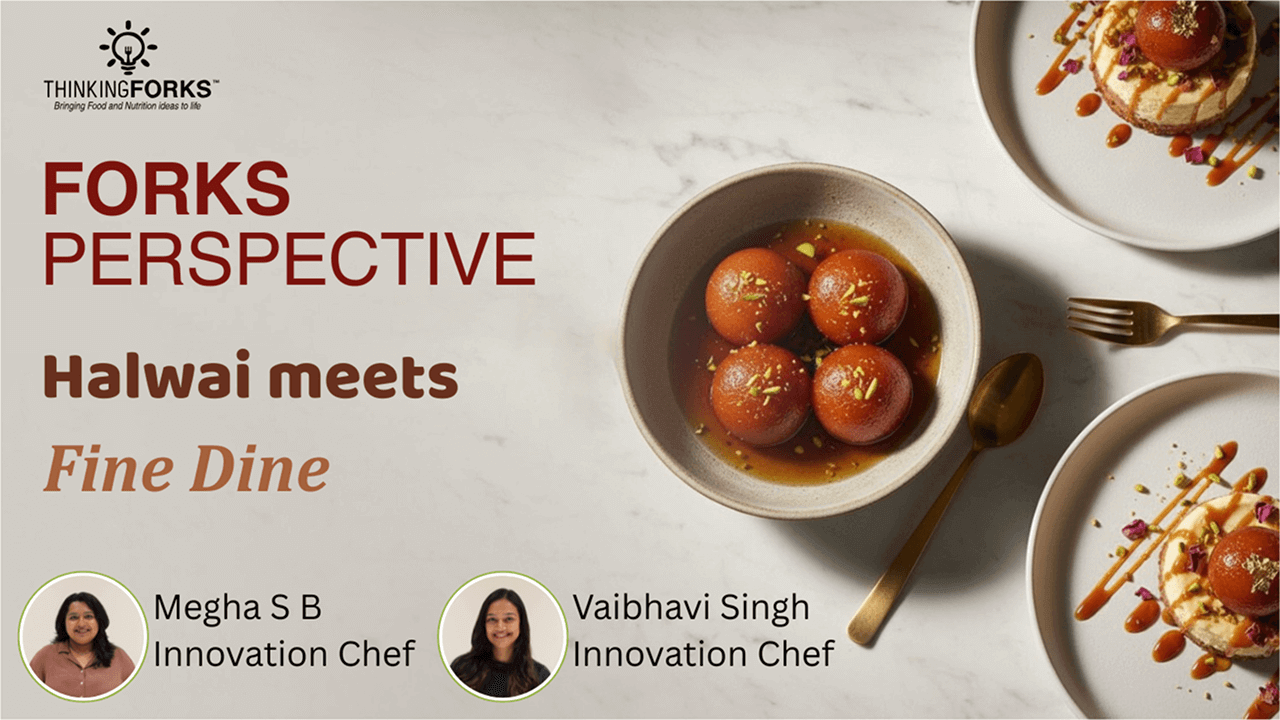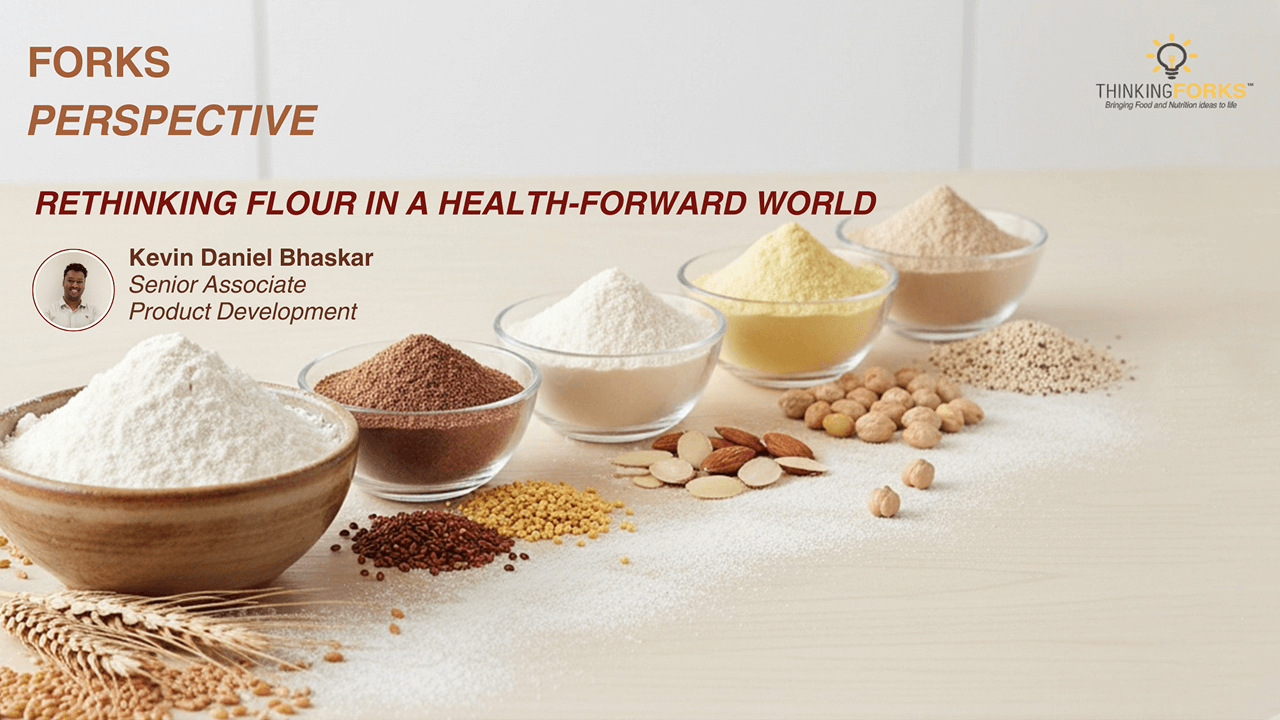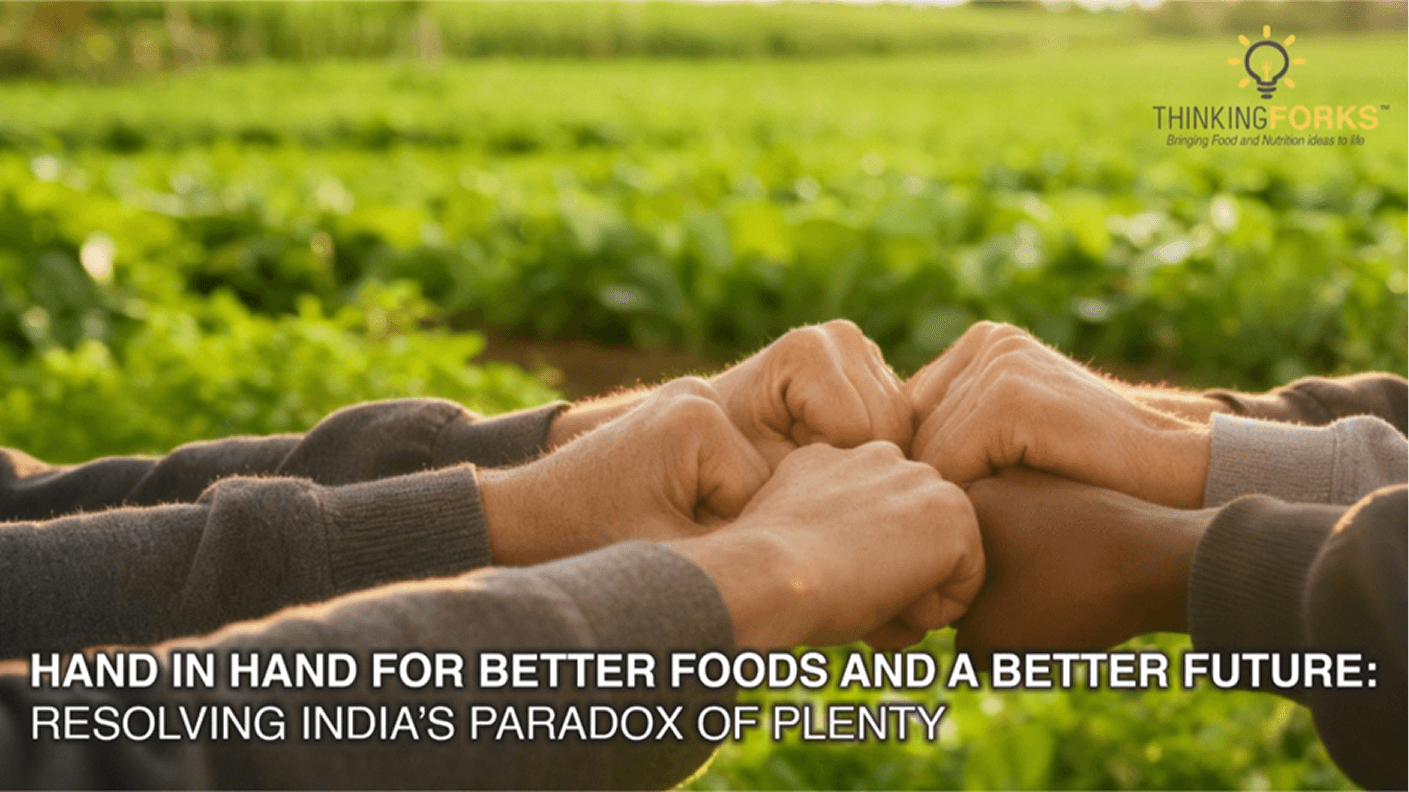Introduction
Indian sweets, known as mithai, are deeply woven into the social and cultural fabric of the country. They are not merely confections but symbols of happiness, prosperity, and heartfelt emotion. In India, no celebration feels complete without the sharing of sweets — whether it’s a festival, wedding, religious ritual, or the simple joy of welcoming a guest.
Each sweet carries a story of its own, rooted in regional traditions and ingredients — from Bengal’s syrupy rasgulla to Rajasthan’s ghevar and Tamil Nadu’s mysore pak. These recipes, passed down through generations, reflect the country’s vast diversity and culinary artistry.
Beyond their flavor, Indian sweets hold deep symbolic and emotional value. They mark new beginnings, express gratitude, and serve as offerings to deities, signifying purity and devotion. Even in everyday life, a sweet is shared to celebrate success, spread good news, or strengthen relationships — embodying the belief that happiness multiplies when shared.
Thus, Indian sweets represent more than indulgence; they are a celebration of culture, tradition, and togetherness, uniting people across regions, religions, and generations through the simple, universal language of sweetness.
Reinventing Indian Mithai – Body
Megha – For the longest time, Indian sweets felt frozen in tradition and rightly so. They’re less like desserts and more like edible heirlooms. But then, a shift began. A new culinary curiosity started to emerge, and we began to see our classic mithai not as relics, but as a launchpad for creativity.
This reinvention sparked a dialogue where heritage directly engages with innovation. We started reimagining the soul of a gulab jamun or a rasmalai, asking how to preserve that core nostalgia while weaving in modern techniques and global ingredients. The goal was never to replace the old, but to build a bridge from the halwai’s counter straight to the fine-dining plate.
Consider a motichoor cheesecake or a kaju katli praline. These creations are a translation of a deep, familiar Indian identity into a new, global language. In fine dining, this has fundamentally changed the game. These desserts have evolved into artful experiences, each plate telling a story of culture and craftsmanship.
The real magic lies in the balance: a firm grasp on authenticity paired with the freedom to create. It’s this balance that allows modern Indian desserts to speak to both a palate that knows them by heart and one that is just discovering their wonder. And through this, our sweets are doing much more than surviving, they are thriving, actively redefining the very taste of luxury and nostalgia.
Vaibhavi – Yet, achieving this meant confronting a deeply held belief. While fusion has long been an emerging and steady trend in the culinary world, mithai remained sacred ground for a long time. For most Indians, these sweets are tied to memory, celebration, and identity- and certain things, we believe, must taste exactly as they always have. The cultural and emotional resonance of mithai made it resistant to reinterpretation, any deviation felt almost irrelevant.
But then came the rise of global exposure, patisserie culture, and a new generation of chefs. As Gen Z diners became more experimental and Indian chefs trained in European kitchens, a shift began. They started to look inward – applying classical French techniques to Indian flavours, textures, and nostalgia. Mithai met mise en place.
Today, many brands and patisseries are leaning into this dialogue – commercializing fusion sweets that honour tradition while embracing innovation. The result is a fascinating hybrid: where the warmth of ghee meets the precision of ganache, where nostalgia finds structure, and where Indian identity is being reimagined through the lens of contemporary pastry.
This evolution isn’t just aesthetic – it’s deeply technical. Chefs are translating traditional Indian flavours into formats that suit the language of modern patisserie. Milk solids, ghee, and nuts are being treated like key ingredients rather than constraints.
Mithai is being deconstructed, not distorted. The sweetness is balanced, textures are layered, and plating brings finesse without losing familiarity. What once existed only in boxes lined with silver foil is now appearing as entremets, tarts, bonbons, and plated desserts that carry the soul of India but the precision of Europe.
At its core, this movement represents a culinary homecoming. Indian chefs are now looking inward, towards memory, heritage, and nostalgia, and applying world-class skills to reinterpret what we already know and love. It’s no longer about East meets West; it’s about India meeting itself, through a new lens.
Nariyal Paan Choux
by Chef Megha
A delicate French choux meets the soulful flavors of India. Chef Megha’s Nariyal Paan Choux brings together a coconut choux shell filled with paan pastry cream and coconut malai compote, topped with a light paan diplomat. Resting on a fennel and paan mandola cookie, this creation is a refreshing fusion of tropical indulgence and nostalgic charm, where nariyal meets paan in perfect harmony.

Nariyal Paan Choux
By Chef Vaibhavi
A chai panna cotta paired with a cardamom–pistachio crumb and finished with a ginger glaze. It brings together all the elements of a traditional masala chai – adrak (ginger), elaichi (cardamom), and to add a little more oomph – bloomed saffron, layered with the richness of pistachios to create a familiar yet indulgent experience. A reimagining of a beloved household staple, transformed into a truly decadent affair.

Deconstructed Chai Panna Cotta
Conclusion
Indian sweets have beautifully evolved from humble halwai shops to the elegant realm of fine dining. This transformation celebrates the fusion of heritage and innovation, where traditional flavours meet refined techniques and global presentation. What was once a symbol of festivity and community has now become a mark of culinary artistry and cultural pride. By reimagining mithai through modern craftsmanship, chefs are ensuring that India’s sweetest traditions continue to thrive, timeless in spirit, yet contemporary in form.
While the mithai craft has always been deeply technical, never something to be taken lightly – we’re now stepping into an entirely new era in its evolution. The artistry of making an imarti is beginning to intertwine with the precision of French pastry, like a mille-feuille. It’s a meeting of worlds – technique with tradition, nostalgia with nuance. The possibilities are endless; truly, the world is our oyster.
Why this matters
This isn’t a fad, it’s an interplay of technique, consumer demand, and storytelling. Chefs trained in classical pastry are discovering rich, under-explored flavour space in mithai ingredients; at the same time, brands and restaurants are building infrastructure to scale and present these flavours to a global audience without losing identity. The best work keeps balance: technical discipline that elevates, and cultural fidelity that respects the original.




